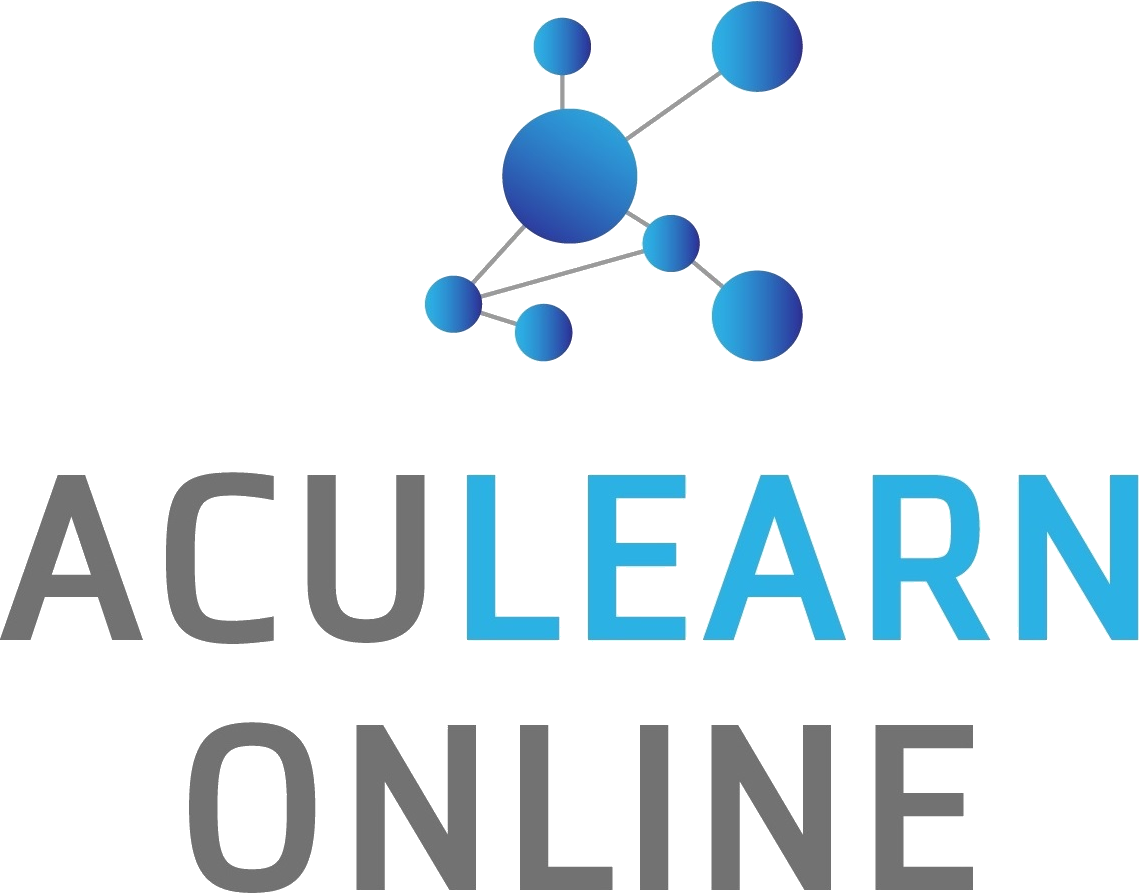Coding certainly teaches teens how to find their way around a computer, but can there be more to it? Why are top educators advocating coding classes in Singapore for young students? Does coding really benefit teens who aren’t planning to delve into the technological route anyway?
As it turns out, there are actually many benefits to picking up coding early on, from reinforcing the development of problem-solving skills to giving teens an edge in the job market later on. Nearly everything we touch these days involves some form of coding, including mobile phones, smart home systems, exercise machines, electronic signboards and more. Coding is all around us and it’s clear it is here to stay. To survive in a technologically enhanced world, teens need to be equipped with relevant skills way before they hit the working world. Read on to find out why we believe every teen should have an opportunity to learn to code.
Coding Develops Critical Thinking
Critical thinking is a valuable skill, useful across subjects in the school curriculum and in real-life situations. While you can develop critical thinking through other means, coding remains an excellent subject to get teens thinking about how they can solve a problem with the tools at hand. In coding, there is often no model answer. It’s all up to how each individual wishes to approach the situation and how they make use of what they have available. All this helps teens to develop a deeper understanding of logic, problem-solving, and the most efficient ways to get a job done – skills which can be applied to just about any other aspect of their lives.
Coding Builds Creativity and Imagination
When it comes to coding, the sky is the limit. One may marvel at the amazing inventions coding has brought us, from the smartphones we use every day to the specialised equipment automating mundane tasks. Coding is a great way to teach math concepts and logical reasoning to teens beyond the confines of a syllabus or curriculum. In a coding class for teens, they are given these building blocks and instructed to create an end product, but however they wish to go about it can be entirely up to them. This premise is ripe for some creativity and imagination to go a long way. When teens get to showcase their solutions to the class, everyone is able to appreciate how a single problem can inspire so many different ideas.
Coding is Relevant to the Times
These days, industries are volving to incorporate big data and artificial intelligence. Many new jobs have blossomed in the span of the past few years, and may not have existed previously. In the years to come, it is likely that more jobs will be phased out as technology and automation takes over routine tasks, and industry demands shift.
What does this mean for our youth? Well, technology is their future, and it may no longer be optional for them to be equipped with 21st century programming competencies. Learning to code also involves a process of developing soft skills like collaborative problem solving, patience, creativity and critical thinking. This will be prized by employers, and simply cannot be learned from a textbook.
Coding is learning a New Language
Speaking a new language opens+ new doors. In fact, it is believed that learning a new language while one is still young helps stimulate mental processing, making it easier for children to pick up new languages later on. Sure, coding may not be your average Spanish, French or German class, but coding is very much a universal language. Although programmers from different locales may not speak the same human language, they are still able to work together on the same project because they speak a common programming language. What’s even better is that teens are not just limited to the coding languages they learn in class. As long as they are able to grasp the basics of coding, they can apply their knowledge to any other programming language and pick it up with a little practice, which will definitely come in handy with the continuous changing of industry-standard programming languages.



